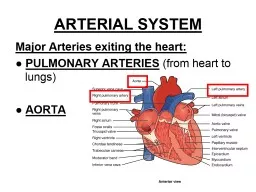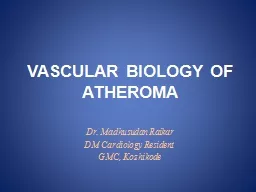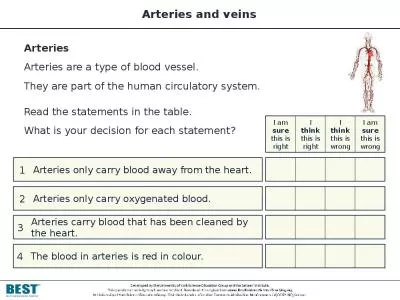PPT-ARTERIAL SYSTEM Major Arteries exiting the heart:
Author : danika-pritchard | Published Date : 2018-10-30
PULMONARY ARTERIES from heart to lungs AORTA AORTA the aorta is the largest artery diameter the aorta can be divided into the ASCENDING AORTA as it emerges
Presentation Embed Code
Download Presentation
Download Presentation The PPT/PDF document "ARTERIAL SYSTEM Major Arteries exiting t..." is the property of its rightful owner. Permission is granted to download and print the materials on this website for personal, non-commercial use only, and to display it on your personal computer provided you do not modify the materials and that you retain all copyright notices contained in the materials. By downloading content from our website, you accept the terms of this agreement.
ARTERIAL SYSTEM Major Arteries exiting the heart:: Transcript
Download Rules Of Document
"ARTERIAL SYSTEM Major Arteries exiting the heart:"The content belongs to its owner. You may download and print it for personal use, without modification, and keep all copyright notices. By downloading, you agree to these terms.
Related Documents














